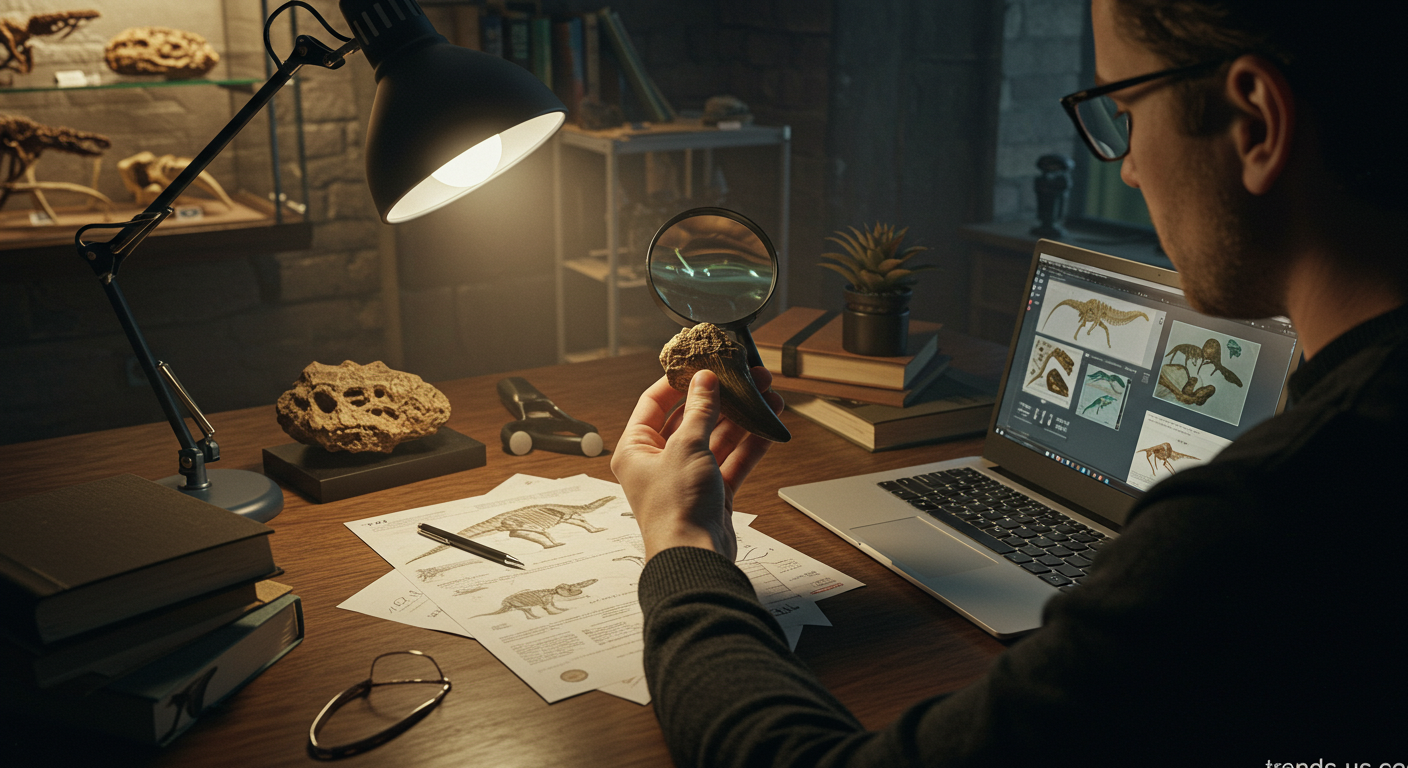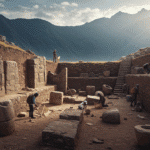I Bought a Dinosaur Tooth Online: My Unexpected Journey to Validate Its Authenticity
Buying fossils online has become increasingly popular among enthusiasts and collectors. The internet offers countless options, from sellers in obscure shops to auction houses touting valuable specimens. When I stumbled upon a dinosaur tooth listed at a seemingly unbeatable price, my heart raced. It wasn’t just a purchase; it symbolized a deeper connection to the ancient world of dinosaurs, and I decided this was my opportunity to own a piece of history.
The Thrill of the Find
The moment I found the dinosaur tooth, a Troodon carnifex tooth, my excitement peaked. Troodons were small, bird-like dinosaurs known for their keen intelligence and agility. The tooth itself was approximately an inch long, with a beautifully preserved enamel layer showing slight wear, indicating it had spent time in the mouth of a once-living creature. The seller, based in Montana, claimed it came from a legitimate dig site and even included a certificate of authenticity.
However, with fossil forgery on the rise, I knew purchasing such a piece warranted careful scrutiny. My first step involved thorough research. I immersed myself in books, articles, and forums discussing dinosaur fossils. The more I read, the more I realized how fascinating and complex the world of paleontology is.
Understanding the Market
Several platforms specialize in selling fossils, from eBay to specialized auction sites like Heritage Auctions and Bonhams. Each site offers different levels of authenticity assurance, which is crucial to consider when buying fossils. My research revealed that reputable sellers often provide provenance details, additional pictures from different angles, and a return policy. I noted that provenance refers to the history of ownership, which is critical in establishing the legitimacy of fossils.
Armed with newfound knowledge, I scrutinized the seller’s listing. The tooth had a documented history of extraction, but I wanted confirmation beyond the seller’s claims. Through various paleontology forums, I reached out to fellow collectors, many of whom were eager to share their experiences.
Connecting With Experts
I decided to engage directly with paleontologists. Reaching out to university departments and local museums bolstered my understanding. Many universities have outreach programs and would often assist amateur collectors with validation. My inquiries led me to Dr. Emily Atkinson, a paleontologist from a nearby university specializing in theropods.
We discussed my interest and the tooth I had purchased. Dr. Atkinson explained several markers that could indicate authenticity, including the coloration of the enamel, the structure of the root, and the presence of natural wear and tear. Zoning in on scientific nuances, such as the microscopic structure of the tooth, proved to be enlightening.
Forensic Analysis
To ensure the tooth’s authenticity, Dr. Atkinson suggested a forensic analysis. The process involved several steps, including careful examination under powerful microscopes, thin-sectioning for geochemical analysis, and radiography to find any signs of restoration. I was thrilled to find a local lab that specialized in paleontological studies, eager to undertake this process.
This intricate journey provided an unanticipated thrill; each step was like peeling back layers of time. The lab’s first task was to conduct X-ray diffraction to assess the mineral composition of the tooth. Fossils typically comprise specific minerals like hydroxyapatite, and deviations could hint at fakes.
The results indicated that the mineral composition aligned with known Troodon specimens. This was promising, yet the analysis wasn’t complete. The lab also prepared thin sections for microscopic examination, allowing them to identify the growth rings in the enamel, a feature unique to fossilized teeth.
Documenting the Findings
Once the detailed analysis returned positive results, I requested a formal report. Having documentation would elevate the tooth’s significance as both a piece of paleontological history and an item in my collection. The report included photographs, mineral composition graphs, and a summary of findings that would prove invaluable for future reference.
As I waited for the report, I took time to learn about the Troodon itself. This fascinating dinosaur lived during the Late Cretaceous period, roughly 75 million years ago. It was about the size of a modern bird and might have exhibited behaviors similar to those of today’s intelligent birds.
Joining the Community
Equipped with a validated tooth and newfound appreciation for the field, I decided to join paleontology-friendly communities. Forums like the Dinosaur Mailing List and local clubs enabled me to connect with other collectors and enthusiasts. Sharing stories of my journey drew in admiration and sparked conversations about ethics in fossil collecting.
Discussions often revolved around digging policies, sustainability practices, and the significance of provenance. I learned that the fossil trade can sometimes tread a fine line between preservation and exploitation, making it crucial to support ethical sources.
Articulating the Experience
With my documentation and community connections, I found myself writing a blog to narrate this unique experience. Through engaging content about the science behind fossils and ethical fossil collecting, I hoped to inspire others to pursue collecting responsibly. SEO strategies such as using keywords like “dinosaur tooth,” “paleontology,” and “fossil authentication” directed traffic, and readers contributed lively discussions in the comments.
By sharing the story of my Troodon tooth, I developed a platform for others interested in the realm of paleontology, educating readers about the careful measures necessary to understand authenticity in fossils.
Conclusion: A Journey of Discovery
With each passing week, the journey toward understanding my tooth continued. Owning a dinosaur tooth transformed from a simple purchase to a deep-seated passion, one rooted in history and bolstered by scientific inquiry. In the world of paleontology, it’s not just about the fossils we own, but the connections we forge, the knowledge we acquire, and the respect we maintain for the ancient history of our planet. Recognizing the responsibility of being a caretaker of history added richness to my collecting journey.
Through the process of verification and connection, I not only gained a piece of history but also a vibrant community dedicated to uncovering the secrets of our planet’s prehistoric past. As I glance at the Troodon tooth displayed in my collection, I am reminded of the importance of due diligence in the world of collectibles, ensuring that these remnants of our planet’s history are appreciated responsibly and ethically.



